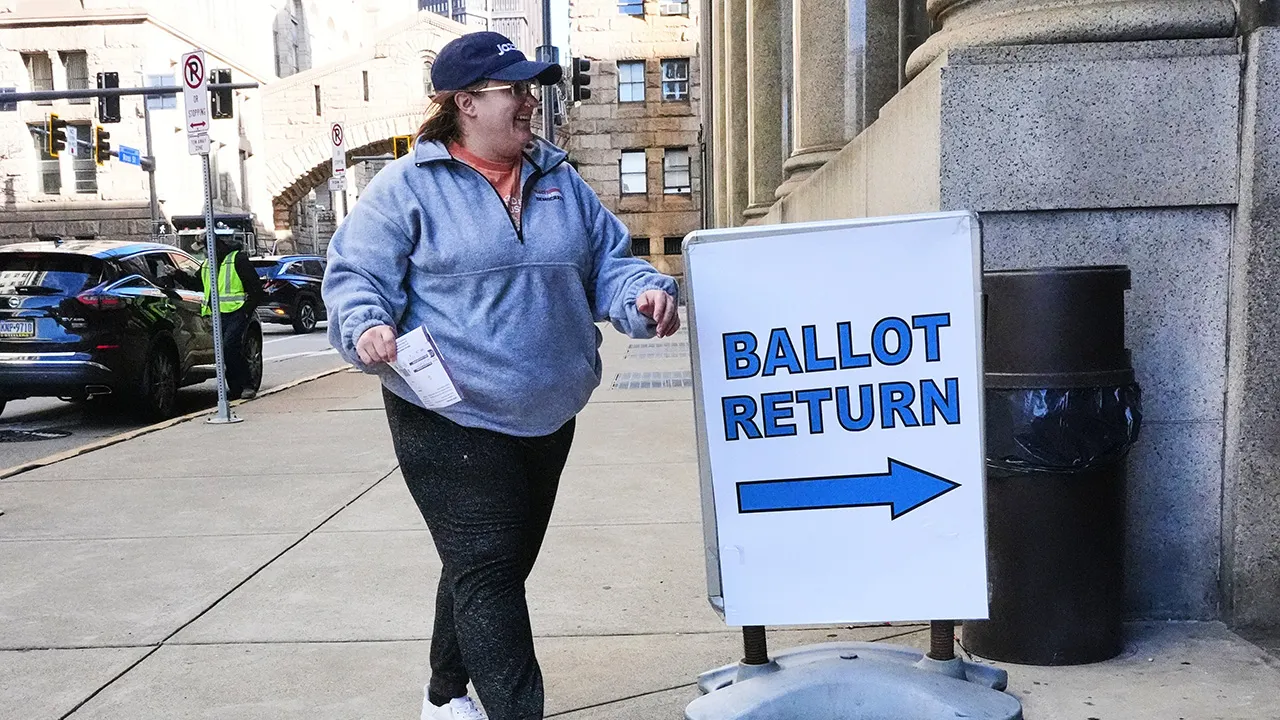California
California winery harnesses the wind to produce its award-winning wine
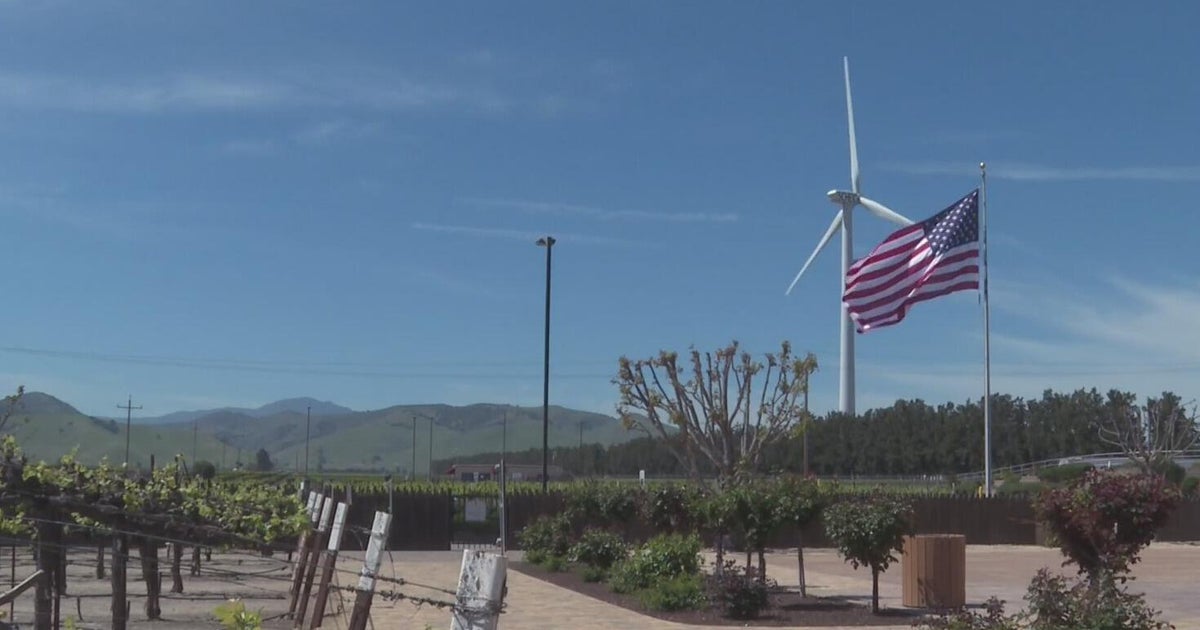
Off the coast of California, south of Salinas and located at the base of the Santa Lucia Mountains, clusters of high-quality pinot noir and chardonnay grapes ripen in the cooling fog, warming sun and perfect soil.
Isabelle’s Vineyard is just one of several vineyards owned by Scheid Family Wines.
In addition to the fog, sun, and soil, all Scheid vineyards benefit from the wind, an extra element that plays a vital role in the company’s award-winning wines.
“Wind power. It’s extremely windy here. The winds are very dependable. They can sometimes blow 24 hours a day,” explained Heidi Scheid, the executive vice president of Scheid Family Wines.
For the past eight years, at the Scheid campus, a 400-foot-tall wind turbine has been harnessing the wind.
It generates 100% of the power needed to run Scheid’s state-of-the-art winery and bottling operations.
Scheid is believed to be the largest winery in the world that’s powered by renewable energy.
“So, it’s a lot of power and the good thing is that our turbine is able to handle all of that power,” exclaimed George Zavala, cellar master of winery operations.
“Sustainability has been one of our core values since our family founded this business in 1972,” added Scheid.
The company produces 900,000 cases of wine a year, markets 10 global brands as well as a broad spectrum of private label brands sold at groceries across the United States. Scheid Family Wines farms 2,500 acres of vineyards throughout Monterey County.
“We grow quite a few different varietals. We actually grow 36 different varietals,” Scheid said.
The late Al Scheid founded the company more than 50 years ago as a grape grower. His daughter explained how he was “green” from the get-go.
“It was just always important to him. Sustainability. From the very beginning,” she noted.
Inside the huge Scheid facility at Greenfield, Zavala took CBS News Bay Area on a tour. He said the juice provided by the wind turbine is critical for their vintages, as he pointed to a large contraption.
“We’re filtering our chardonnay right now, and this will be bottled in the next two days,” explained Zavala.
The company is an award-winning and California-certified sustainable winery and vineyard.
Skylights naturally light up the facility, and automatic light sensors turn on and off as needed.
The wine tanks are equipped with insulating jackets.
A significant acreage is certified as organic under strict California standards. High-tech sensors deliver just enough water to each vine and not a drop more.
Two hundred and fifty owl boxes are located throughout the vineyards. Owls, and not pesticides, take care of any rodents that run around the vineyards, gnawing on the valuable vines.
Even the bottles use less glass, making them lighter and cheaper to transport.
“Having a lighter weight bottle and one that has less environmental impact is really great from start to finish,” Scheid said.
According to the company’s calculations, the clean energy generated by the wind turbine is the equivalent to taking almost 4,500 gas-guzzling cars off the road for an entire year.
The turbine generates so much electricity, the excess amount also powers 234 local homes.
“We’re really only using half of what we need to power it. The rest of the wind power generated actually goes back onto the grid,” explained Scheid.
A toast to Scheid, where the winds of change bear significant fruit.

California
Clean energy program in California turns waves into renewable energy
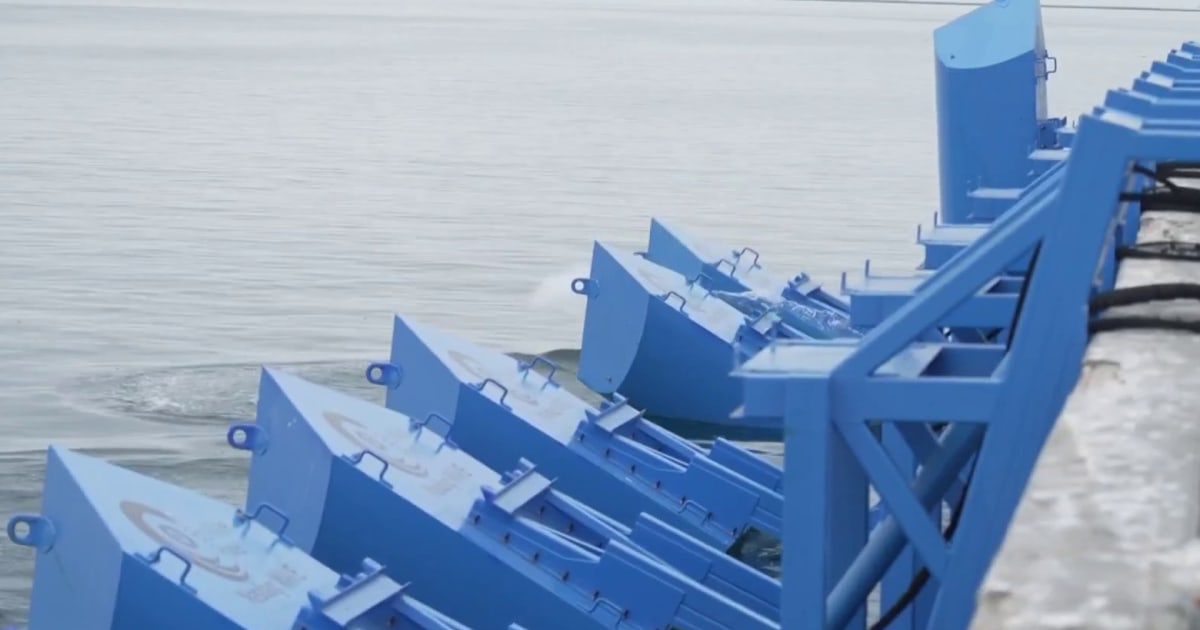
-
Now Playing

Clean energy program in California turns waves into renewable energy
02:07
-
UP NEXT

Drone video shows Hurricane Melissa damage in Jamaica
01:16
-

National Geographic releases its must see destinations for 2026
03:56
-
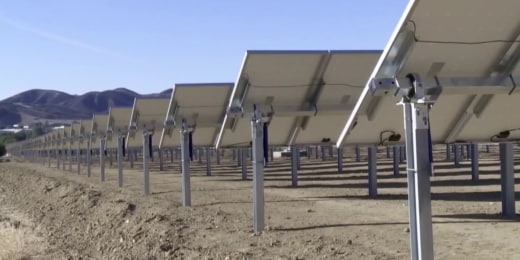
Space-based solar power emerging as alternative as other solar projects shut down
03:29
-
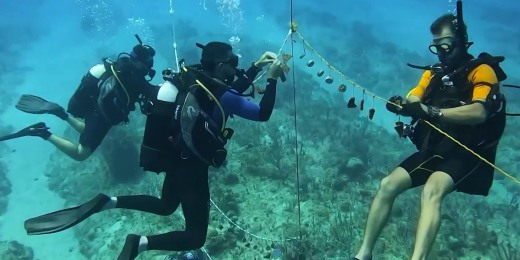
IVF is helping coral reef restoration with a reproductive boost
02:21
-
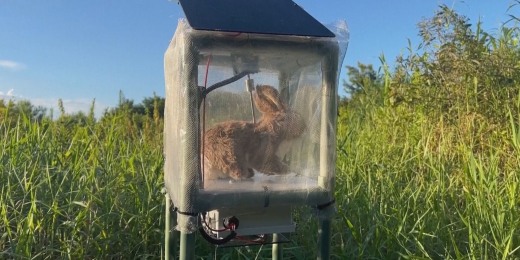
Robotic rabbits combat Florida’s invasive pythons
00:31
-
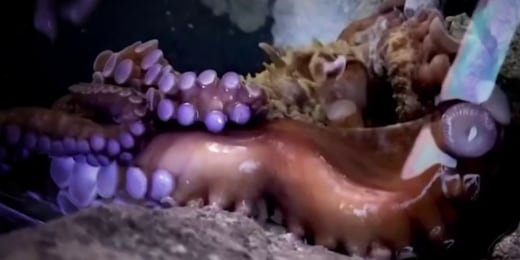
Mother says son injured after octopus latched on during aquarium visit
02:53
-
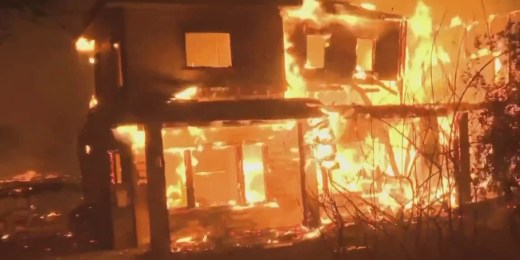
New report details rising cost of weather disasters
02:29
-

’24 hours too late’: Fmr. FEMA official says Trump admin delays “cost lives” during Texas floods
06:41
-

Environmental Protection Agency aims to erase greenhouse gas limit on power plants
03:16
-

Artists Build Underwater Installations to Protect Coral Reefs
02:59
-
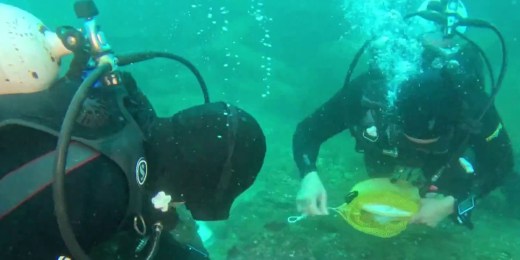
Federal funding cuts impact scientific research in the ocean
03:59
-
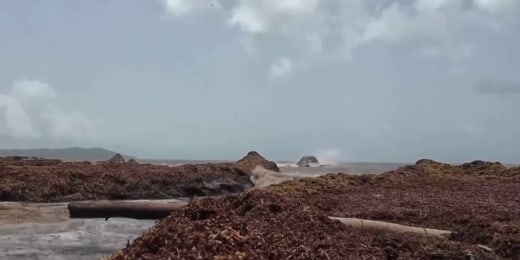
Record seaweed bloom stinks up prime Caribbean vacation beaches
02:56
-

Scientists capture sharpest-ever view of the sun’s outer atmosphere
04:00
-

Multiple whales found dead in San Francisco Bay area
01:58
-

“The Reefline” project aims to protect Miami Beach’s coastline and marine life
01:30
-

Environmental scientist discusses toxic algae outbreak in California and new advisories
03:53
-

Can ecotourism fill the void with drastic cuts to science funding?
03:42
-
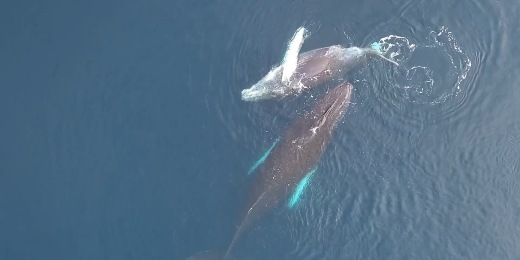
How whales and their microscopic neighbors help fight fossil fuel pollution
02:51
-

Mount Spurr eruption possible as scientists detect elevated activity
02:35
Stay Tuned NOW
-
Now Playing

Clean energy program in California turns waves into renewable energy
02:07
-
UP NEXT

Drone video shows Hurricane Melissa damage in Jamaica
01:16
-

National Geographic releases its must see destinations for 2026
03:56
-

Space-based solar power emerging as alternative as other solar projects shut down
03:29
-

IVF is helping coral reef restoration with a reproductive boost
02:21
-

Robotic rabbits combat Florida’s invasive pythons
00:31
California
Did Prop 50 pass in California? What to know about redistricting measure

Californians cast Prop 50 ballots in fight over redistricting.
Redistricting and voting rights take center stage as Californians vote on Proposition 50.
California voters on Nov. 4 passed Proposition 50, a constitutional amendment that allows a redrawing of the state’s congressional district boundaries, a major win for Democrats.
The measure, which was pushed by Democratic Gov. Gavin Newsom, permits California’s Democratic state lawmakers to temporarily redraw the state’s U.S. congressional districts to increase their party’s chances of winning more seats in Congress.
After the 2030 U.S. Census, the state will return to using a nonpartisan commission to draw their congressional district boundaries.
Prop 50’s passing essentially negates five new GOP-leaning congressional districts Texas created earlier this year at the urging of President Donald Trump. Here’s what to know.
Did Prop 50 pass?
Yes, Proposition 50 passed in California. The measure authorizes a temporary redrawing of the state’s congressional districts ahead of the 2026 midterms.
Democrats hope the amendment will offset a Republican-led redistricting in Texas. With California and Texas having the largest Democratic and Republican delegations, respectively, they hold more weight in who controls the U.S. House of Representatives. Republicans currently hold a razor-thin majority in the U.S. House.
Redistricting typically happens at the start of every decade, but some states are prohibiting more mid-decade changes.
“What a night for the Democratic party,” Newsom said after polls closed on Nov. 4.
Trump denounced the results in a post on Truth Social.
“The Unconstitutional Redistricting Vote in California is a GIANT SCAM in that the entire process, in particular the Voting itself, is RIGGED,” he wrote.
Prop 50 election results
Over eight million Californians turned out to vote for Prop 50, according to data from the California Secretary of State.
More than 63% of voters elected to pass Prop 50, while roughly 36% voted against it.
Melina Khan is a national trending reporter for USA TODAY. She can be reached at melina.khan@usatoday.com.
Contributing: Sarah D. Wire, Ramon Padilla and Ignacio Calderon, USA TODAY
California
California Quietly Kills Electric Bike Vouchers, Sending Money to EV Incentives Instead | KQED
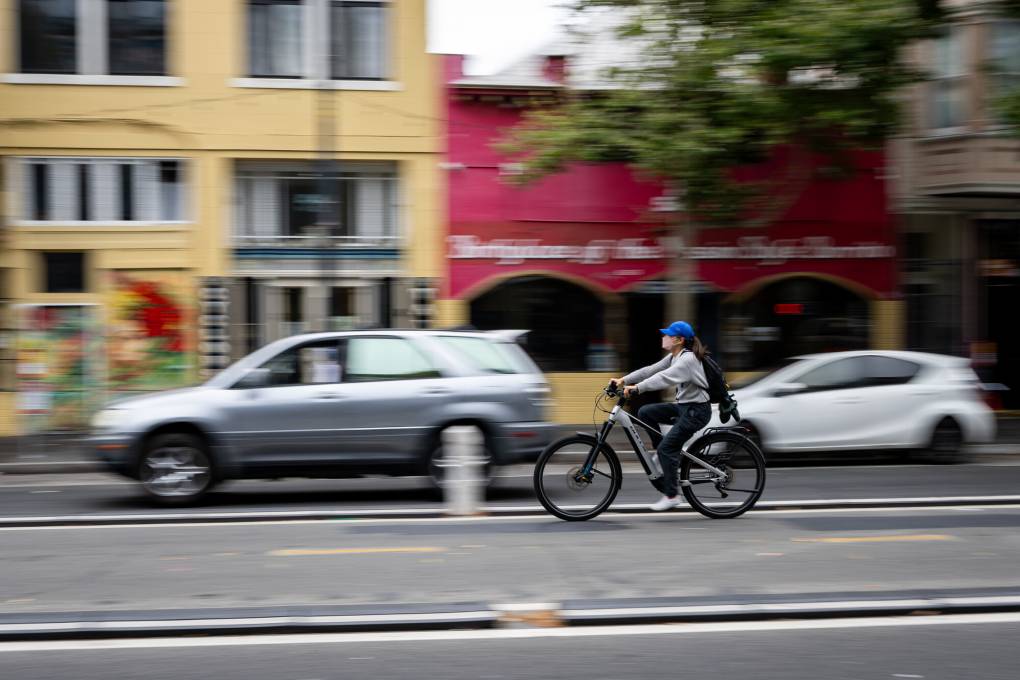
“I think that’s really unfortunate that we’re responding to the current federal situation by limiting Californians’ ability to get really the cheapest and most economical, sustainable transportation option, instead of sort of doubling down and saying, ‘We have this really low-cost option that opens trips up for more people, and then we also have this other option for people who need cars,’” Ramsey said.
CARB’s e-bike program, created by a bill passed in 2022, faced difficulties getting off the ground. It wasn’t until 2024 that the agency began issuing $1,750 vouchers for a range of approved bikes to people whose annual household income fell under 300% of the federal poverty line. An additional $250 was available to applicants who met further income criteria.
The program was designed to expand access to an affordable transportation model, especially for non-drivers and people with limited mobility.
While it was heralded initially as an ambitious, and significant, step toward clean transportation, it also invited widespread criticism after a slow rollout, multiple pushed-back application timelines and two state investigations into Pedal Ahead, the nonprofit chosen to administer the vouchers.
Applicants also expressed frustration over technical issues with the application process once it got underway.
While the state’s electric vehicle incentive program has a rolling application process, the e-bike voucher program, by contrast, requires people to log onto the website at a prescribed time, click the application portal at just the right moment and enter their information under a time crunch.
“I found it a little bit surprising that the same entity would have two similar voucher programs run completely different ways … when they had an existing program that was already working, that was distributing a large amount of money as well,” Ramsey said.
-

 Milwaukee, WI1 week ago
Milwaukee, WI1 week agoLongtime anchor Shannon Sims is leaving Milwaukee’s WTMJ-TV (Channel 4)
-

 News1 week ago
News1 week agoWith food stamps set to dry up Nov. 1, SNAP recipients say they fear what’s next
-

 Culture1 week ago
Culture1 week agoVideo: Dissecting Three Stephen King Adaptations
-

 Seattle, WA4 days ago
Seattle, WA4 days agoESPN scoop adds another intriguing name to Seahawks chatter before NFL trade deadline
-

 Seattle, WA1 week ago
Seattle, WA1 week agoFOX 13’s Aaron Levine wins back-to-back Jeopardy! episodes
-

 San Diego, CA1 week ago
San Diego, CA1 week agoAdd Nick Hundley, Ruben Niebla to list of Padres’ managerial finalists
-

 Education1 week ago
Education1 week agoOpinion | New York City Mayoral Candidates: Who Would Be Best?
-

 Culture1 week ago
Culture1 week agoCan You Pair Up These 1980s Novels and Their First Lines?


















